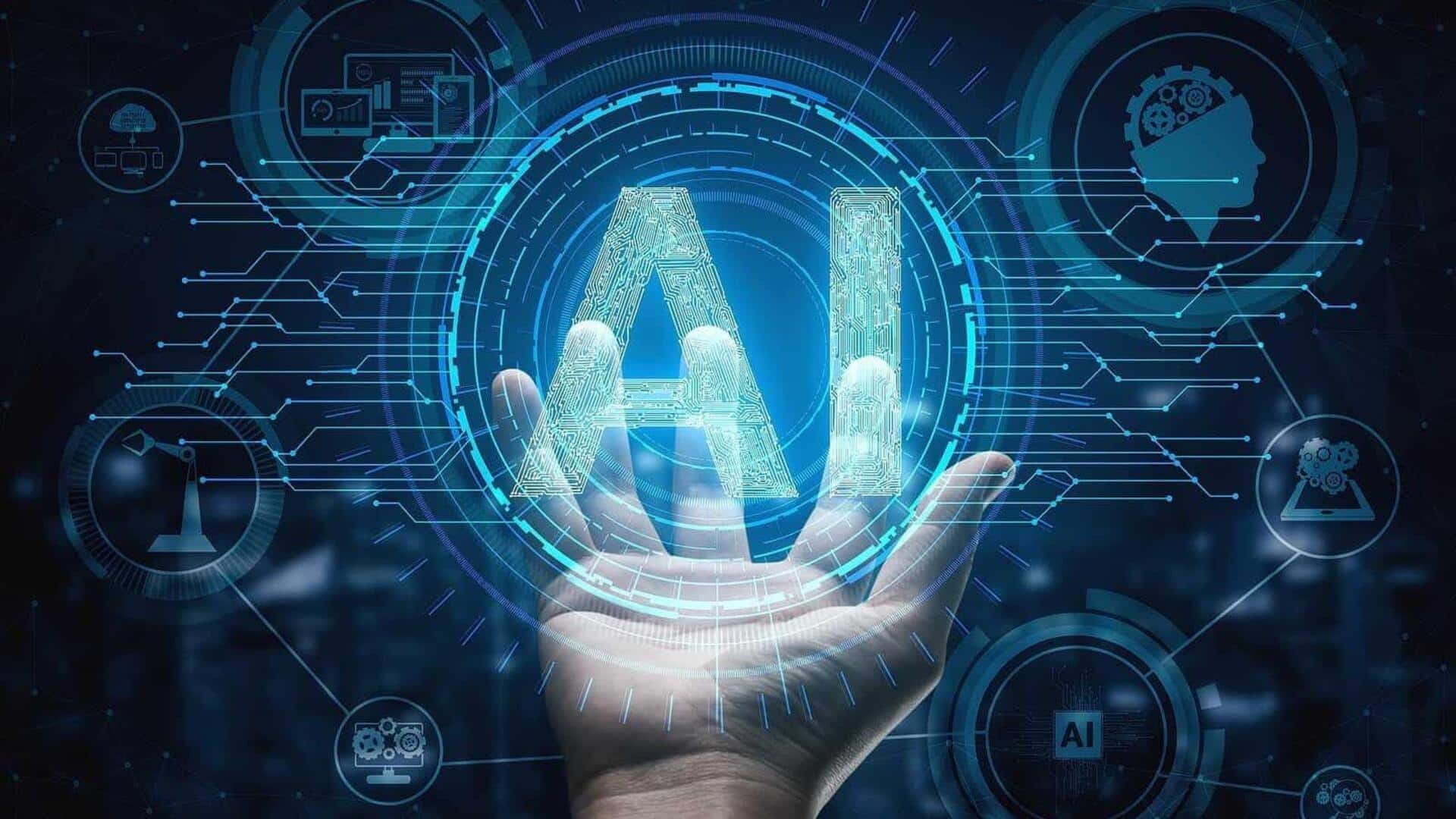
AI's rapid growth is surpassing security measures, warn experts
What's the story
At the recent DataGrail Summit 2024, top industry figures issued a stern warning about the escalating risks linked to artificial intelligence (AI).
Dave Zhou, CISO of Instacart, and Jason Clinton, CISO of Anthropic, emphasized the urgent need for robust security measures.
They stressed that these precautions must keep up with the fast-paced growth of AI capabilities.
The discussion was part of a panel titled "Creating the Discipline to Stress Test AI—Now—for a More Secure Future."
Growth concerns
AI capabilities outstrip security frameworks
Clinton, whose firm Anthropic is a leader in AI development, highlighted the relentless growth of AI's power.
He noted that since the inception of the perceptron in 1957, there has been a four-fold annual increase in computing power used for training AI models every year.
Clinton warned that this rapid expansion is pushing AI capabilities into uncharted territory where current safeguards may quickly become outdated.
Security challenges
Artificial content can erode consumer trust
Zhou, who manages the security of vast amounts of sensitive customer data at Instacart, shared his concerns about the unpredictable nature of large language models (LLMs).
He provided an example of how AI-generated content might lead to real-world consequences and potentially erode consumer trust.
Zhou urged companies to invest as much in AI safety systems as they usually do in the AI technologies themselves, highlighting a "huge push" across industries to capitalize on AI's productivity benefits.
Future risks
AI's future poses new challenges for security
Clinton offered a glimpse into the future that demands vigilance, describing a recent experiment with a neural network at Anthropic.
He revealed that it's possible to locate in a neural network exactly the neuron associated with a concept.
This research highlights the inherent uncertainty in how these models function internally—a black box that may contain hidden risks.
As AI systems become more embedded in critical business processes, the risk of catastrophic failure increases.